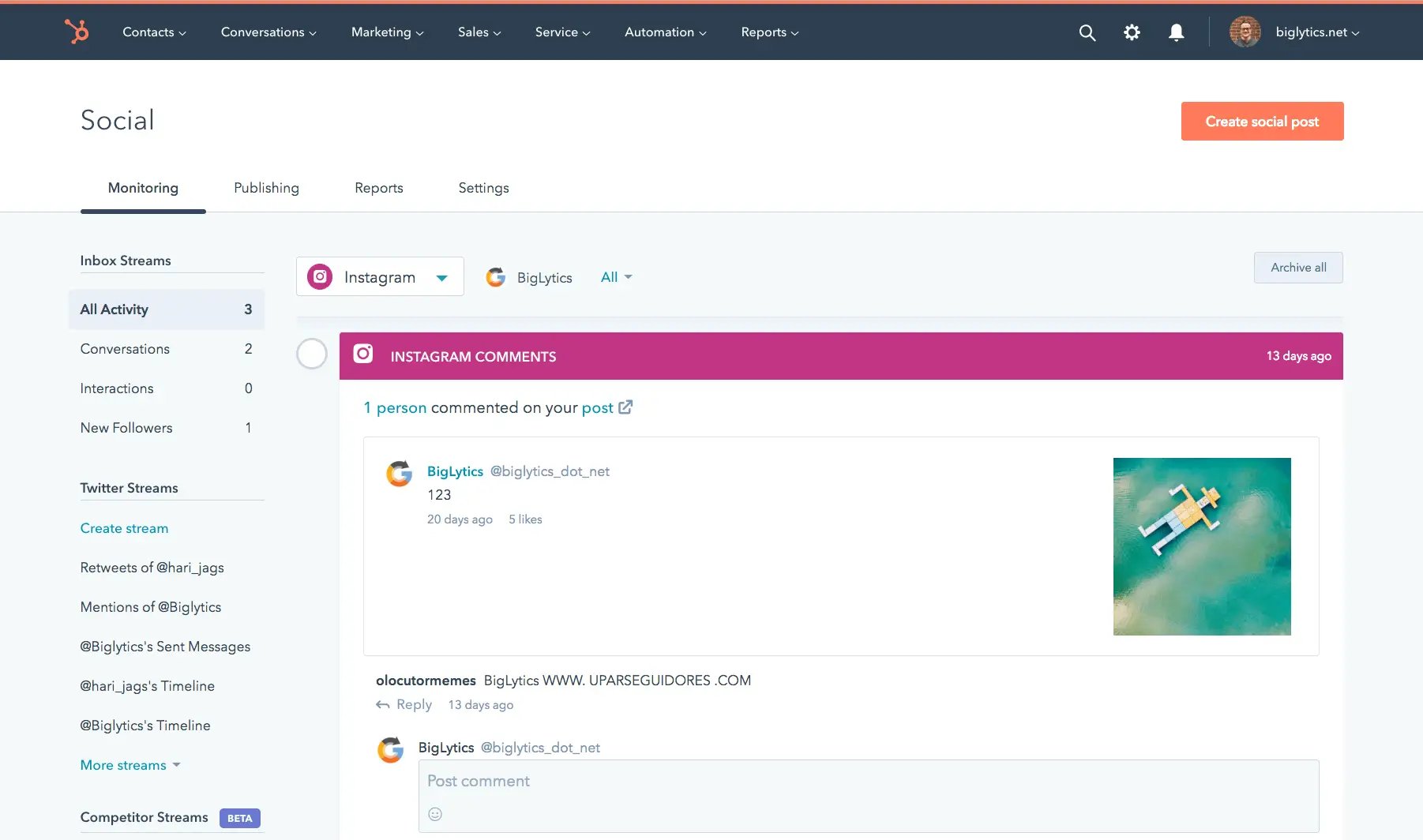Alternatives to Brandwatch Consumer Intelligence
1. Buffer Publish
+Pros
- Exceptional scheduling reliability and cross-platform content management
- Rapid deployment capabilities with functional setup typically occurring within 1-2 business days
- Transparent per-channel pricing providing predictable cost scaling
-Cons
- AI content quality requiring human refinement
- Absence of direct integrations with major ecommerce platforms (Shopify, WooCommerce, BigCommerce)
- Notification publishing complexity affecting Instagram, TikTok, and YouTube integrations
One highlighted feature and why it's amazing
The AI Assistant generates platform-specific posts, repurposes long-form content into social snippets, and provides post variations for A/B testing across channels.

Another highlighted feature of why it’s amazing
Include automated content repurposing engines that address creativity fatigue, trend identification capabilities, and systematic content scheduling across multiple social platforms.
2. HubSpot Social Media Tools
+Pros
- Unified CRM Integration enables social interactions to link directly to contact records for comprehensive ROI tracking .
- Proven Business Impact demonstrates measurable results across diverse implementations .
- Enterprise Scalability through Marketing Hub Pro and Enterprise tiers supports complex organizational requirements .
- AI-Powered Efficiency reduces manual workload by 6-8 hours weekly .
-Cons
- Limited Platform Coverage excludes TikTok and YouTube integration .
- Video Content Constraints offer limited capabilities compared to specialized visual content creation tools .
- Ongoing Oversight Requirements demand human review, with 30% of marketers noting AI outputs need refinement .
- Implementation Complexity scales significantly with organizational size, requiring $500K+ investments for enterprise deployments .
One highlighted feature and why it's amazing
Provides AI-powered content creation that analyzes social performance data, company details, and marketing best practices to generate multi-channel content strategies .

Another highlighted feature of why it’s amazing
Enables social interactions to link directly to contact records for comprehensive ROI tracking .
3. Lumen5
+Pros
- Proven efficiency gains with users creating videos 60% faster than manual editing processes
- Access to 500M+ licensed media assets through integrated Storyblocks API
- Comprehensive DAM integrations including Bynder and Cloudinary connections for brand compliance
-Cons
- Occasional rendering delays during peak usage periods with 'Please try in an hour' error messages
- Complex animations requiring human oversight for brand-aligned outputs
One highlighted feature and why it's amazing
Core product features center on AI-powered text-to-video conversion with automated storyboarding that intelligently selects key sentences from written content and pairs them with contextually relevant visuals.

Another highlighted feature of why it’s amazing
The platform's drag-and-drop interface enables users to create videos 60% faster than manual editing processes while maintaining creative control.
Other Alternatives
Ocoya
Shopify Plus
SocialBee
Sprinklr Social Commerce
How We Researched This Guide
About This Guide: This comprehensive analysis is based on extensive competitive intelligence and real-world implementation data from leading AI vendors. StayModern updates this guide quarterly to reflect market developments and vendor performance changes.
270+ verified sources per analysis including official documentation, customer reviews, analyst reports, and industry publications.
- • Vendor documentation & whitepapers
- • Customer testimonials & case studies
- • Third-party analyst assessments
- • Industry benchmarking reports
Standardized assessment framework across 8 key dimensions for objective comparison.
- • Technology capabilities & architecture
- • Market position & customer evidence
- • Implementation experience & support
- • Pricing value & competitive position
Research is refreshed every 90 days to capture market changes and new vendor capabilities.
- • New product releases & features
- • Market positioning changes
- • Customer feedback integration
- • Competitive landscape shifts
Every claim is source-linked with direct citations to original materials for verification.
- • Clickable citation links
- • Original source attribution
- • Date stamps for currency
- • Quality score validation
Analysis follows systematic research protocols with consistent evaluation frameworks.
- • Standardized assessment criteria
- • Multi-source verification process
- • Consistent evaluation methodology
- • Quality assurance protocols
Buyer-focused analysis with transparent methodology and factual accuracy commitment.
- • Objective comparative analysis
- • Transparent research methodology
- • Factual accuracy commitment
- • Continuous quality improvement
Quality Commitment: If you find any inaccuracies in our analysis on this page, please contact us at research@staymodern.ai. We're committed to maintaining the highest standards of research integrity and will investigate and correct any issues promptly.